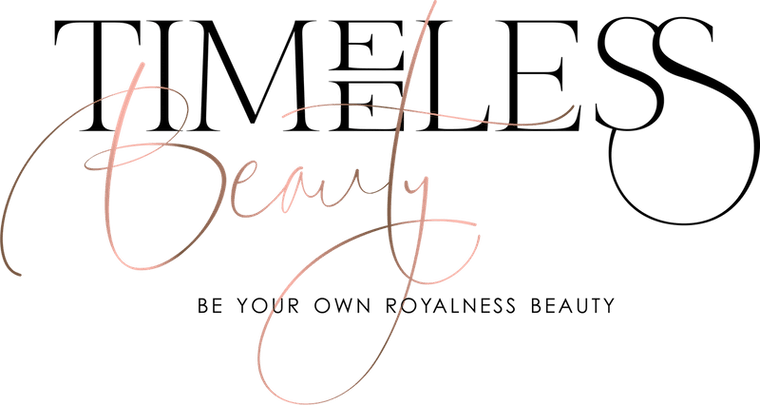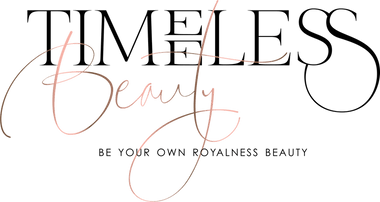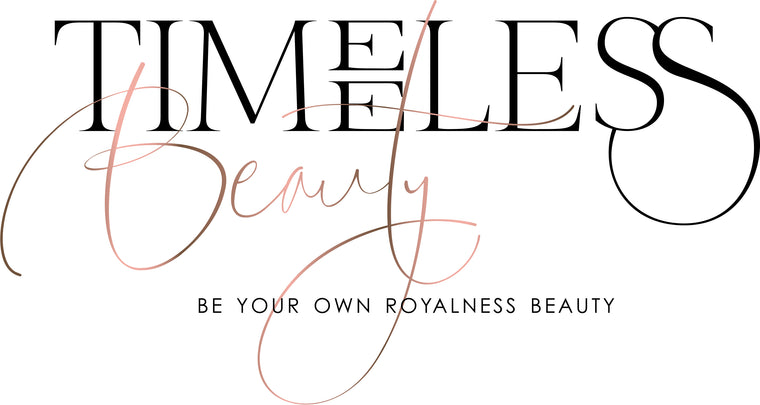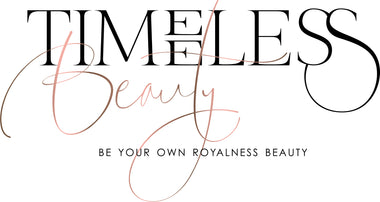Hormones and Her: How Biology Feels Inside a Woman
Hormones Are Not Just Chemistry — They Are Emotional Weather Systems

Hormones are not invisible background players. They are the unseen architects of how a woman feels, responds, loves, breaks down, and rises again. For centuries, science has tried to separate emotions from biology. But modern research reveals a deeper truth: there is no such divide.
Hormones and emotions live on the same axis — one breathes through the other.
Estrogen, progesterone, testosterone, cortisol, oxytocin, DHEA, insulin — these messengers are not just chemical actors. They sculpt how we experience the world, love others, face conflict, and come back to ourselves.
In a landmark 2022 study published in Psychoneuroendocrinology, 143 women were tracked through two full menstrual cycles. The findings? Emotional sensitivity, anxiety, empathy, creativity, spiritual openness, and even confidence shifted in patterns directly tied to hormonal rhythms. Not fluctuations — rhythms.
Hormones, it turns out, don’t just regulate mood. They speak. And when we begin to listen to their language, we don't just chase balance — we find belonging within ourselves.
The Four Emotional Seasons of the Female Cycle

Just as nature breathes through spring, summer, autumn, and winter — so does the female body. Hormones rise and fall in a pattern far more poetic than predictable. And each phase of the menstrual cycle brings its own emotional color palette.
Follicular Phase — Estrogen Rising
Emotional tone: Curiosity, motivation, lightness, sociability.
As estrogen begins its ascent, the brain lights up. Dopamine and serotonin rise. Verbal fluency improves. Research confirms: during this phase, women are more likely to seek novelty, feel physically attractive, initiate plans, and take creative or social risks.
📖 Zhu et al., 2016. “Estrogen modulation of emotion and cognition in women.” Hormones and Behavior.
Ovulation — The Spark Phase
Emotional tone: Magnetic, confident, expressive, radiant.
This is the body’s peak moment of fertility — but biologically and emotionally. Testosterone and estrogen peak. Skin glows. Oxytocin surges. Studies even show ovulating women are rated more attractive in facial perception tests. But it’s not just biology. This phase amplifies presence — the urge to connect, to express, to create.
📖 Puts et al., 2013. “Ovulation and facial attractiveness.” Evolution and Human Behavior.
Luteal Phase — Progesterone’s Calm (or Storm)
Emotional tone: Introspective, moody, self-protective, emotionally raw.
Progesterone dominates. For some, it brings groundedness, nesting, intuitive clarity. For others — especially with high stress or low estrogen — it stirs irritability, sadness, anxiety. The luteal phase is deeply misunderstood. It’s not a flaw — it’s a phase of deep emotional sorting.
📖 Gonda et al., 2008. “Prevalence of mood symptoms in luteal phase.” Journal of Affective Disorders.
Menstruation — The Reset
Emotional tone: Reflective, low energy, truth-seeking.
Hormones dip. The nervous system shifts into inward focus. This is not weakness — this is recalibration. The “default mode network” of the brain activates — the center of introspection, inner truth, and integration. Many women report flashes of clarity, even life decisions made in this phase.
The Nervous System Doesn’t Lie — Stress and Hormonal Burnout

There’s a story behind hormonal imbalance that rarely makes headlines: it’s called nervous system overload.
In a 2021 Dutch study, 62% of midlife women reported emotional exhaustion before the onset of physical menopausal symptoms. Cortisol was high. DHEA was low. Estrogen showed erratic dominance. These women weren’t “hormonal” — they were overwhelmed.
In constant fight-or-flight, the body deprioritizes reproduction and connection. Libido drops. Sleep fractures. Skin dries. Empathy thins. This is not personal failure — it’s endocrine fatigue.
📖 Roeser et al., 2021. “Stress and endocrine shifts in midlife women.” Journal of Women’s Health.
What heals? Permission to rest. Therapeutic touch. Supportive rituals. Nervous system safety.
Menopause and the Rise of Inner Authority
Menopause is not the end. It’s the renaissance.
The SWAN study from Harvard (2015) tracked women transitioning through perimenopause. The ones who felt emotionally supported reported more than reduced symptoms. They described increased self-trust, freedom from people-pleasing, sharper boundaries, and emotional clarity.
Estrogen may decline. But with touch, massage, oxytocin-producing rituals, and self-connection — postmenopausal women often report a coming home to themselves.
📖 Avis et al., 2015. Harvard SWAN Study.
Hormones Shape Culture — and Are Shaped by It
Biology never exists outside culture.
In Japan, menopause is referred to as konenki — a time of renewal and maturity. In the West, it’s medicalized, pathologized, and mourned. The difference? Cultural narratives shape how hormones behave. In fact, a 2020 cross-cultural study showed that women who viewed menopause as a positive transition had significantly lower cortisol and higher oxytocin levels.
📖 Melby et al., 2020. “Culture, language and menopausal experience.” Women’s Midlife Health.
The emotional meaning we assign to our body… becomes our biology.
Why Female Hormones Are Not Like Male Hormones
Masculine hormonal systems run on a 24-hour testosterone rhythm. Female hormones — estrogen, progesterone, and others — operate on a monthly symphony that changes emotional tone, perception, and needs.
Women are often expected to operate with linear, unchanging productivity and emotion. But the female body is cyclical. That’s not instability — that’s wisdom. It gives women adaptability, depth, and a far more complex hormonal-emotional interface.
Male hormonal depression often looks like fatigue or aggression. Female hormonal dysregulation? It can look like emotional fragility, overwhelm, and yes — even suicidal ideation.
Hormones and the Quiet Crisis No One Talks About

Women’s suicide risk rises in specific hormonal windows: postpartum, perimenopause, and luteal phase. Not because they are “too emotional.” But because the emotional brain — modulated by estrogen and serotonin — becomes hypersensitive, especially when unsupported.
In fact, a 2022 review in Lancet Psychiatry emphasized that suicide prevention in women must include hormonal screening and trauma-informed care.
📖 “Hormonal transitions and suicide risk in women.” Lancet Psychiatry, 2022.
This is why a woman may feel 4 seasons in a single day — elation, self-doubt, clarity, despair. Not because she is unstable. But because her inner climate is shifting. Her body is cycling through sensitivity, connection, withdrawal, and reflection — over and over.
And sometimes, she just needs someone to see the storm… and stay with her through it.
At Timeless Beauty Amsterdam…
We believe every woman deserves to understand her hormones not as a flaw — but as her feminine language.
Through hormone-supportive rituals, massage therapy, lymphatic flow sessions, and a space where your biology is honored — we offer more than care. We offer reflection.
Because real beauty isn’t frozen in time — it flows through your seasons.
And when a woman listens to her hormones, she doesn’t just age — she awakens.



